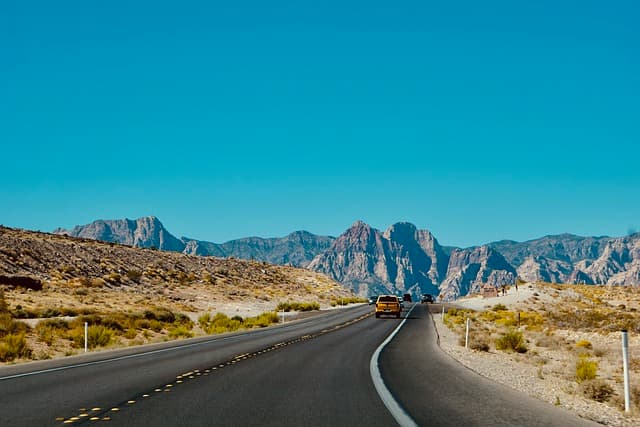When is it worth traveling?
The US is a year-round destination in the Northern Hemisphere, so while there may be spikes and dips in prices according to the month of the calendar, none of them will take you by surprise. School vacations are more expensive for travelers than the weeks when the kids are in class; winter sun in Florida is more affordable in November than in the weeks leading up to Christmas. But beyond the financial factor, there are few restrictions on when to travel. Obviously, traversing the wilds of Alaska in the depths of winter would be foolish, and even states in the upper reaches of the “main” 48 (Minnesota, the Dakotas, Montana, etc.) are not plausible options for airplane travel between November and February. Likewise, it doesn’t make sense to visit Vermont or Maine to see fall foliage in the height of summer. But if you want to drive through California, the deserts, or any of the southern states, you can hit the road anytime.
How much does it cost?
A road trip is the kind of vacation where you can expect to get about what you paid for; the longer the trip, the higher the cost (in car rental days, number of nights in a hotel, gasoline needed, etc.). The principle at work here is this: the more time you spend on the road, the higher the figure will be. In general, expect to pay around $800 per person for each week of stay (not including gas and food expenses).
Insider Tips
If you’re planning a time-honored trip on California’s “Highway 1,” it’s better to start from San Francisco and head south than from Los Angeles and head north. Whether it’s rushing at high speeds or stuck in four fixed lanes, LA traffic can make your journey uncomfortable – whereas San Francisco will bring you up to speed more gently.
By the same token, New York City can be a difficult and terribly congested launching pad for a road trip, especially if it’s your first time driving in the United States. It’s better to depart from the quieter Boston to New England; from the broad Washington, D.C., if you’re heading south.
Avoid crossing borders. While it may be tempting to drive into Mexico from Texas, Arizona or California, or into Canada from Maine, Michigan or Montana – America has tightened its borders considerably. Unless you have specific plans to travel far to her southern or northern neighbor, lines and questions rarely justify a day trip.
Travelers who like the idea of Las Vegas and its slot machines but are drawn to the heat and music of the Deep South can find a compromise of sorts by driving along the Mississippi Gulf Coast, where Biloxi is an unexpected casino enclave by the sea.



